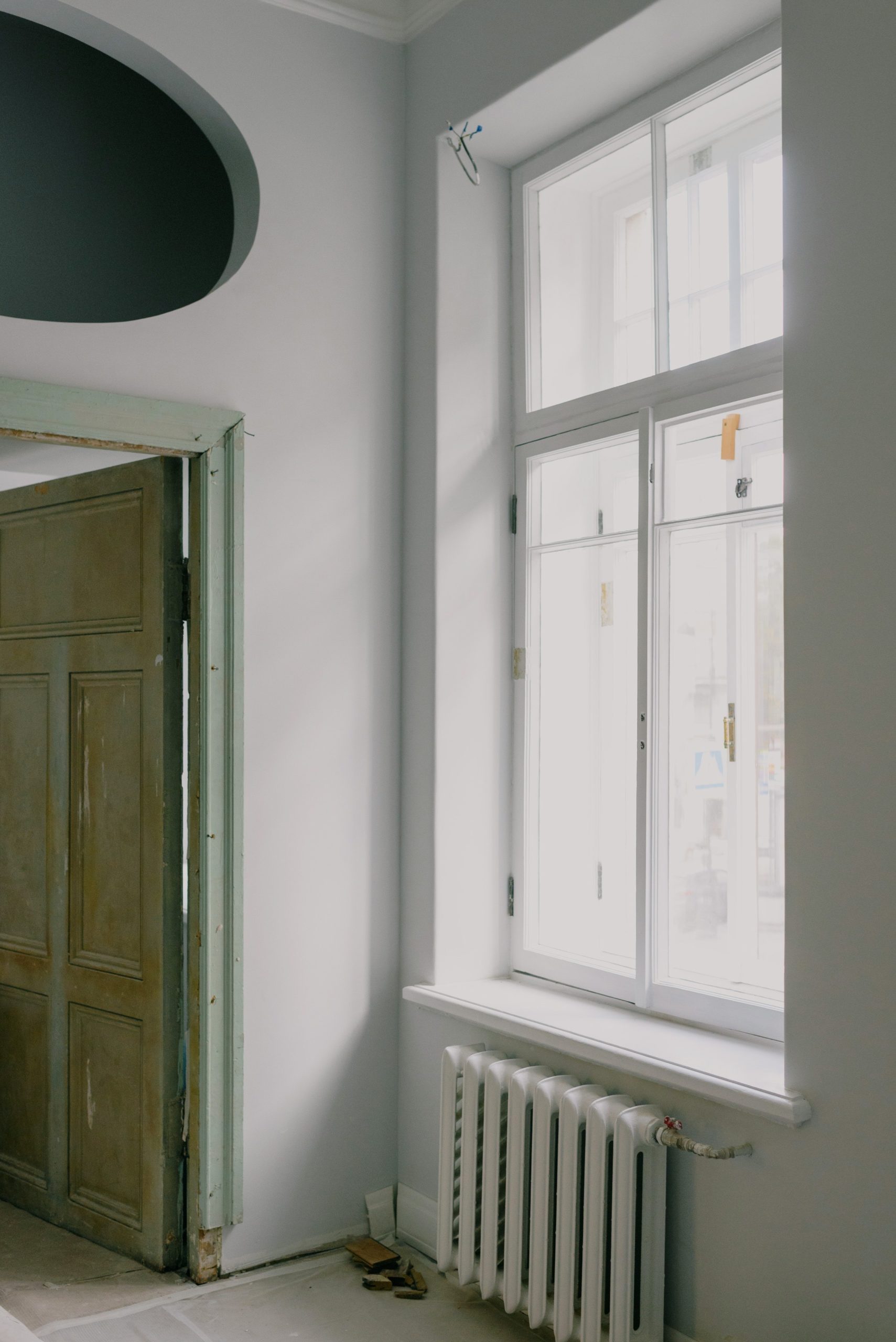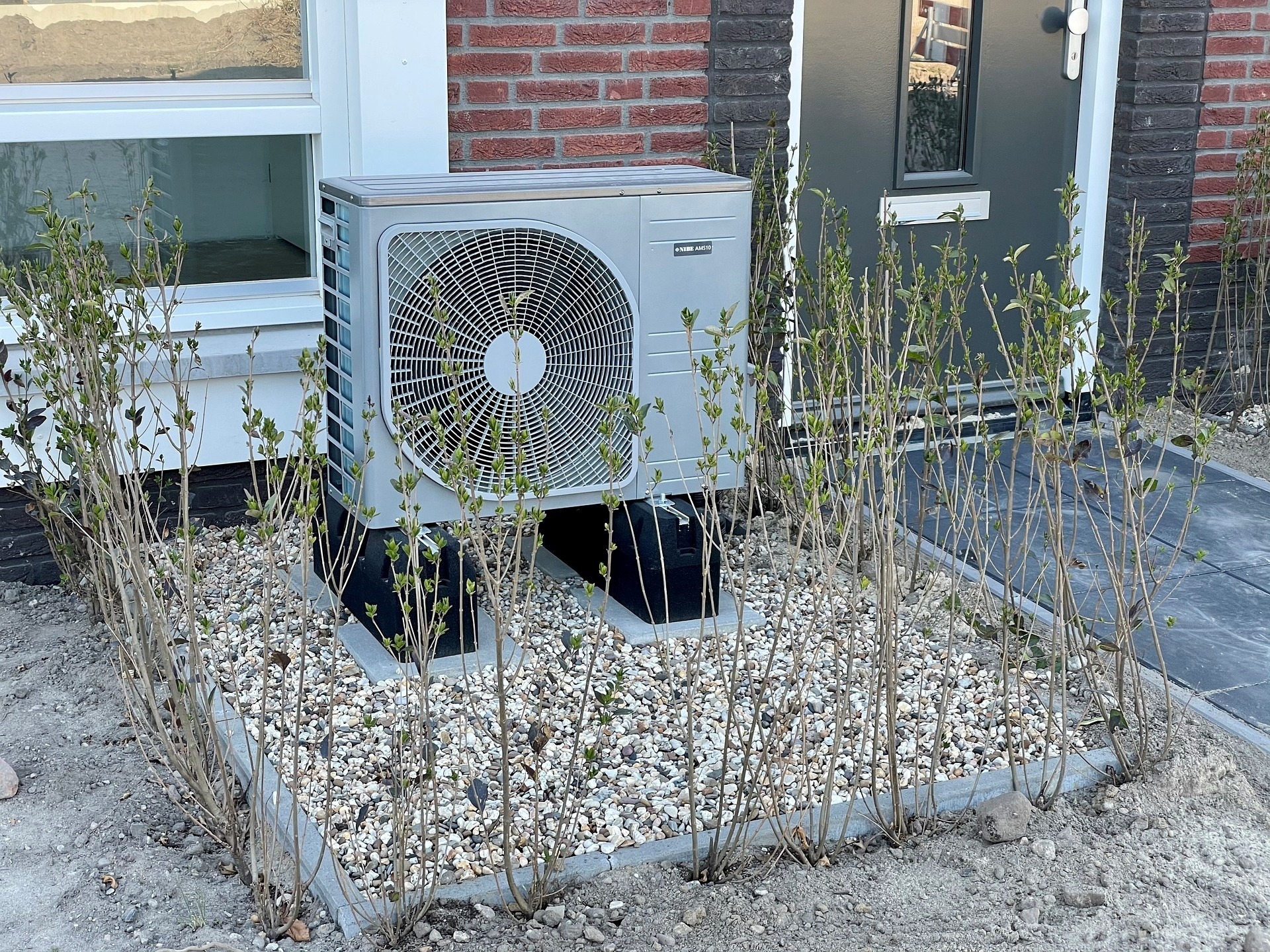Canadians experience scorching summers and harsh winters and often take heating and cooling systems for granted. Most of them expect their heating systems to keep them warm during the winter and their air conditioners to keep them cool during the summer.
Heating and cooling systems come with various advantages. These include quick response upon temperature adjustment, convenient heat throughout the space, comfortable, healthy indoor air, humidification and dehumidification, and lower fuel costs with heat pump options, among others.
This is why you must never downplay the importance of properly heating and cooling your home. Similarly, selecting the most suitable heating and cooling system in Winnipeg requires various considerations. Aside from preventing excessive spending on faulty units, your choice of heating and ventilation system must suit your needs and ensure your comfort for the following years.
There are various heating and cooling systems on the market right now, but which are the most common, and what are their advantages and disadvantages? Most importantly, which unit should you buy that fit your needs and budget? To help you find the system that is right for you, here are some guidelines for reference:
Types of Heating and Cooling Systems
Furnace and air conditioner
A furnace and air conditioner is a traditional combination that’s a common way to heat and cool residential and commercial spaces in Canada. This works by drawing in air from the interior and distributing the heated or cooled air to each room via ductwork. Air conditioners almost always use electricity, whereas furnaces use natural gas, propane, oil, or electricity.
Also, note that these are complex systems. So, upon noticing that your furnace isn’t heating air and distributing the heated air at optimal performance, contact a provider of furnace repair in Vaughan right away.
Split system
Split systems are another common heating and cooling system used in residential buildings. They generally consist of 2 separate components: One is for heating, and the other one is for cooling. They use a traditional thermostat to control the temperature of the entire structure.
Most buildings using split systems put the heating unit in a basement, utility closet, or other indoor storage space. Meanwhile, the cooling system is usually installed outside and connected to a room’s ductwork via a series of tubing. Split systems utilize compressors, coils and refrigerant to generate cool air, while a fan directs hot air out and away from the building. A quality compressor from Macair LTD. is durable and requires little maintenance.
HVAC zoning systems
One good thing about HVAC zoning systems is that they give building occupants total control over the temperature in separate areas. Technicians may use the most efficient method of zoning ducted HVAC systems depending on the size of the building.
For instance, people who own larger homes may prefer having multiple HVAC systems to control the temperature on different floors. Since each system is separate, this zoning type requires them to install 2 or more heating and cooling units.
Another type of zoning method involves putting up manual or automatic dampers in a system’s ducts to regulate the amount of airflow in different rooms. This works by partially closing a damper to restrict airflow to one zone and pushing it toward the other. This method makes it easier to control each room’s temperature according to the occupant’s preferred coldness. This can also reduce energy costs by directing the air away from the areas that don’t require it.
Heat pump
This heating and cooling system is an ideal alternative to an electric furnace if electricity is the only fuel source available. It proves to be one of the fastest-growing segments of the residential HVAC market. This equipment moves heat rather than producing it from a combustible fuel source. This results in incredibly efficient performance, especially when the temperature is mild outside. Heat pumps are also capable of operating in reverse. This provides central air conditioning in the summer, beating the heat and providing a comfortable environment for the building occupants.
Geothermal heat pumps
If you want to buy the most energy-efficient, environmentally friendly HVAC system, geothermal heat pumps are your best choice. They are similar to air-source heat pumps in that they move heat rather than convert it from a fuel source. The difference is that geothermal pumps transfer heat back and forth from the ground rather than the outdoor air.
Its installation requires burying an array of pipes in the surrounding premises, otherwise called a loop. Before installing this system, you must research local zoning ordinances and state and federal laws governing it.
Ductless mini-splits
Ductless mini-splits have been having a moment in recent years. These popular systems are another type of heat pump that provides year-round heating and cooling in your space. It comprises an indoor, wall-mounted portion with a built-in air handler that eliminates the need for ductwork. These systems can achieve cooling and heating in a single room. It can be a home add-on or a single outdoor unit connected to multiple indoor air handlers (if you want whole-home comfort).
Boilers
Boilers are more common in Europe but can be a viable heating option for your Canadian home or office. They generate hot water or steam to baseboard heaters, radiators, or subfloor radiant heating systems. Some of the most popular fuel sources are gas and oil. This is because electric boilers are typically pricey to operate.
Depending on your home’s ductwork, your technician can combine boilers with central air conditioners or ductless mini-splits.
What to Consider When Selecting a Heating and Cooling System
As already outlined, choosing the right heating and cooling system is a critical and sometimes daunting decision that requires you to spend ample time researching before finalizing. You must determine why and what you need a system for. Are you looking for a temporary temperature control solution for your job site or want a functional system that can operate for more than a few hours daily?
Aside from this, you should also consider how the system will influence your indoor temperature, energy consumption, and air quality needs. Other aspects you should look at include programmable thermostat compatibility, maintenance requirements, noise level, and price.
Should you need help deciding between the types of HVAC systems we listed above, find a reliable contractor and specialist that can give you a piece of sound advice, making it easier for you to find a compatible option for your home.


